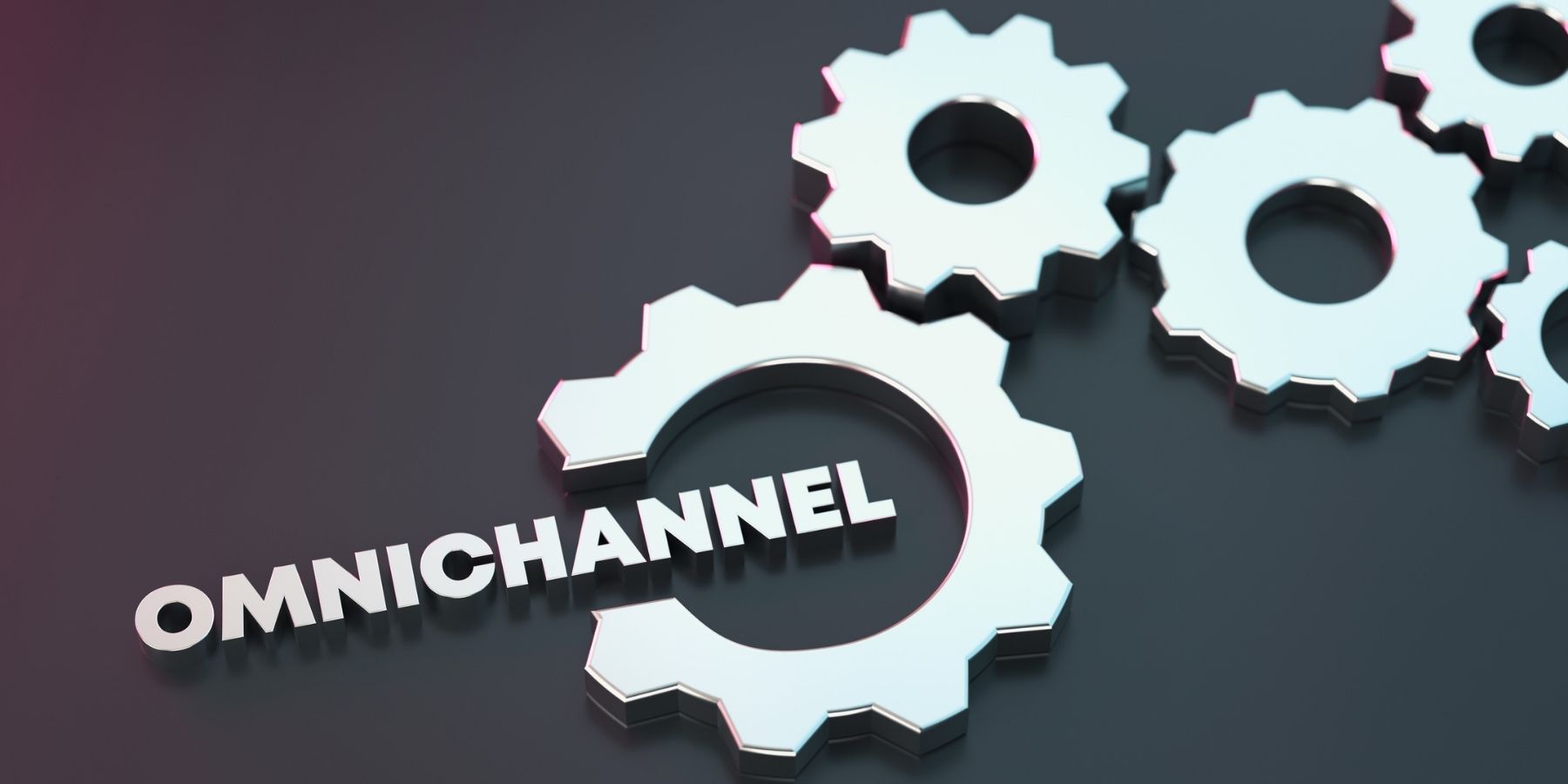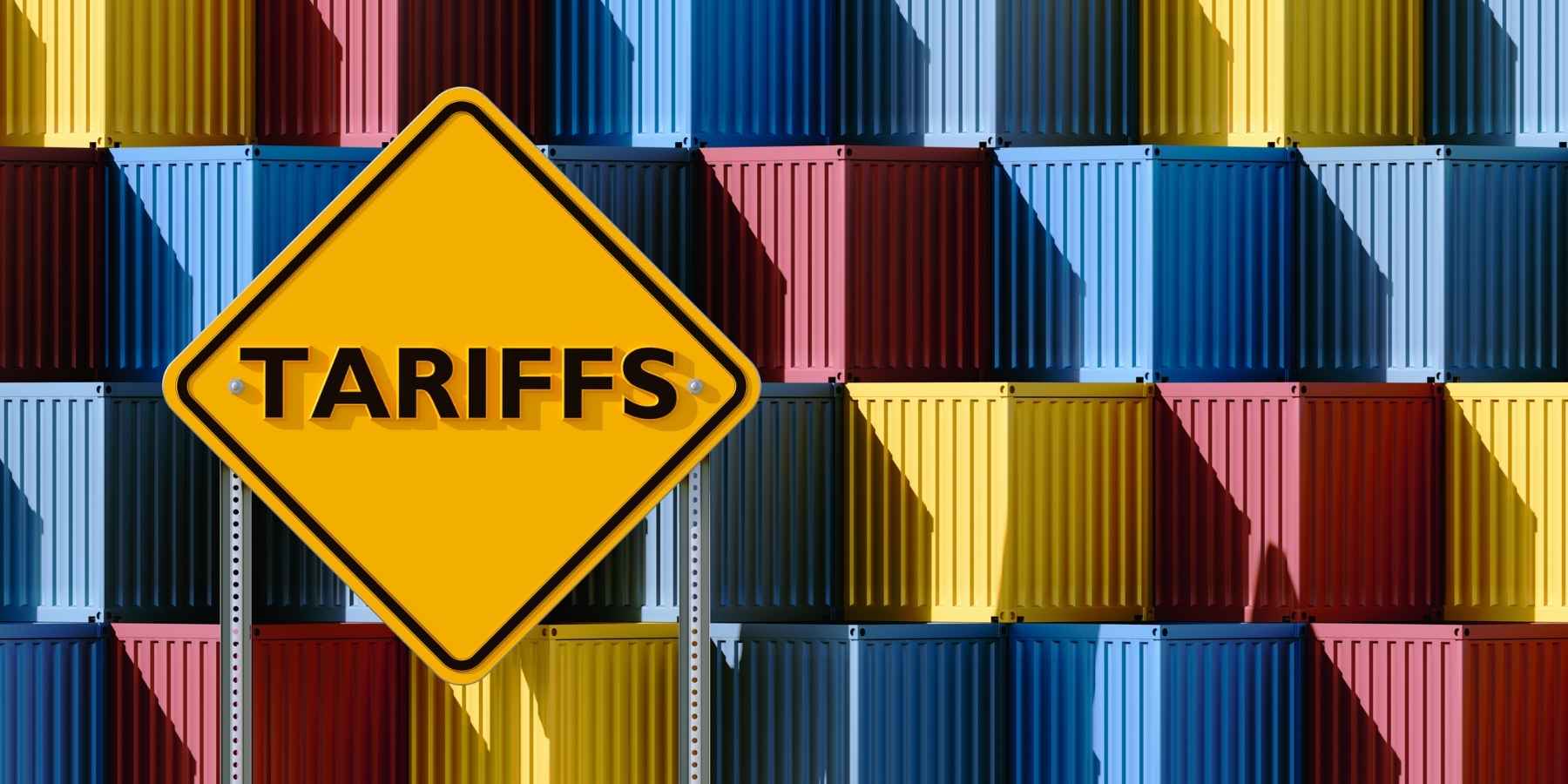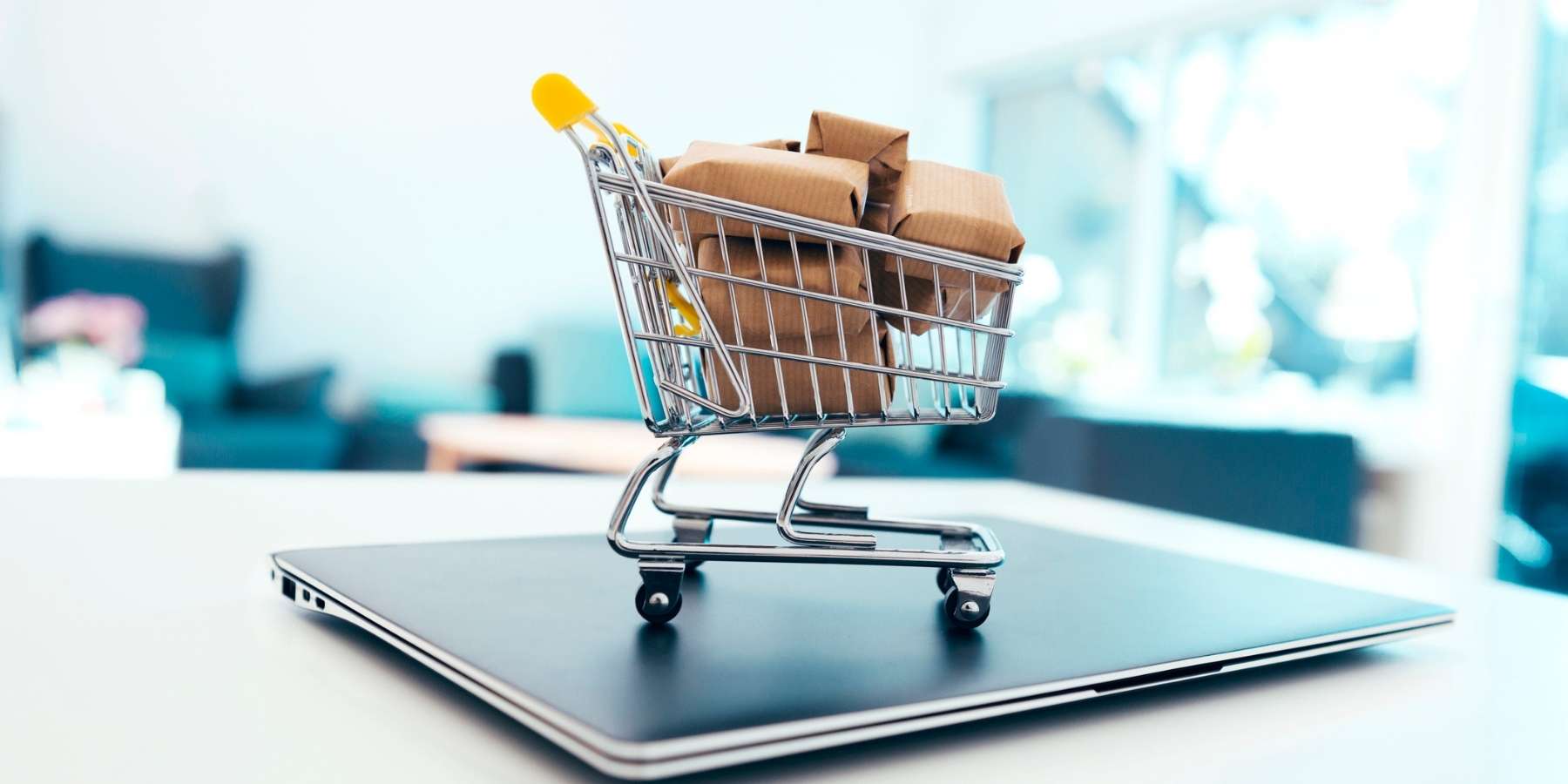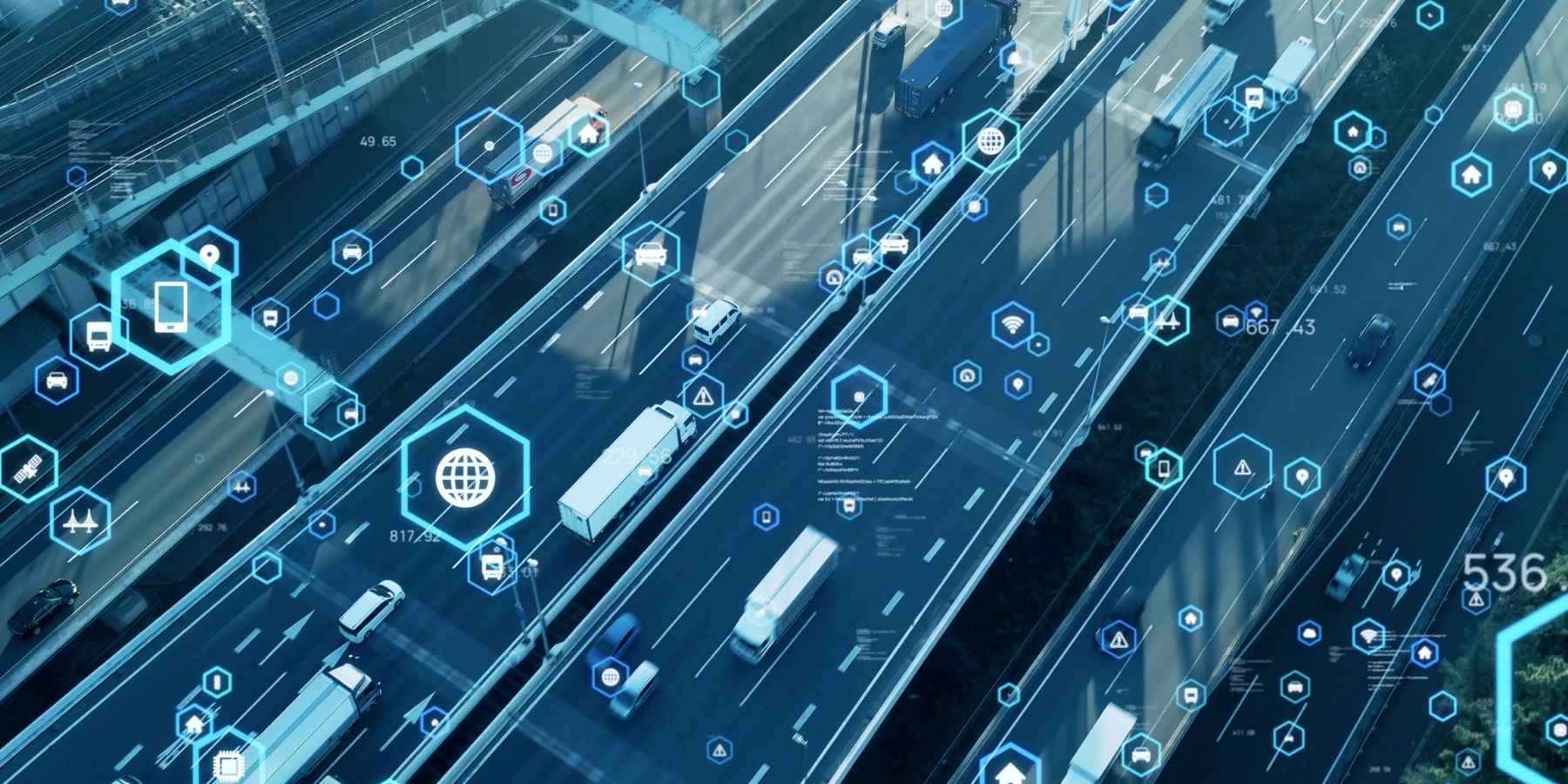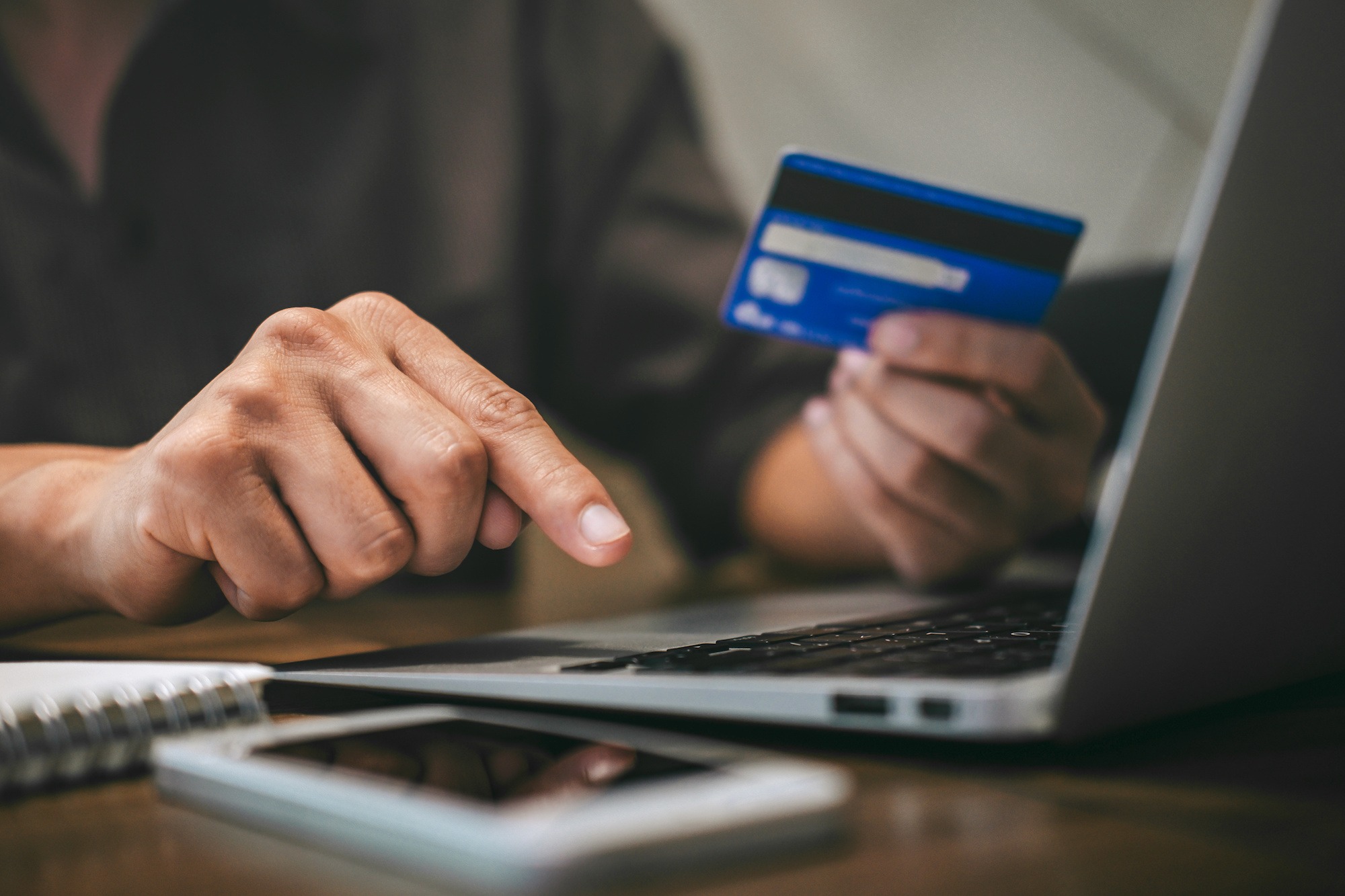Think about the last time you shopped online. Maybe you ordered a backpack while sipping your coffee, arranged to pick it up at the store, and later returned it by mail. Pretty smooth, right? That’s omnichannel fulfillment in action.
The eCommerce landscape isn’t just about selling products; it’s about delivering convenience, flexibility, and speed. 73% of retail consumers are omnichannel shoppers, and they just want to buy, get, or return their items on their terms.
Luckily, omnichannel fulfillment is not some secret known only to retail giants. It’s a playbook all growth-minded brands can follow. In this beginner-friendly guide, we uncover every key idea, show the benefits, explain the omnichannel strategies, and outline emerging trends.
TLDR –
Omnichannel fulfillment gives your customers the freedom to shop how they want — whether that’s ordering online and picking up in your store, or returning an online purchase to a store. It brings your website, stores, and warehouses together so everything works smoothly.
In this guide, we break down key omnichannel strategies like BOPIS (Buy Online, Pick Up In-Store), Ship-from-Store, and BORIS (Buy Online, Return In-Store). These techniques help lower costs, speed up delivery, and improve the customer experience.
What is Omnichannel Fulfillment?
Traditional fulfillment keeps inventory separate. Each channel has its stock, like separate shelves in a pantry. Omnichannel fulfillment breaks down these walls by combining inventory from all your locations. Simply put, it unifies order fulfillment using inventory located across multiple channels – physical stores, warehouses, or dropshipping locations.
Furthermore, instead of treating the website and stores like separate channels, omnichannel ties everything together. So whether your customer shops on Instagram, your website, or in-store, they get a single, connected experience.
Omnichannel vs. Multichannel Fulfillment: What’s the Difference?
Many retailers already sell in three or more places – say, their website, Amazon, and a flagship store. That’s multichannel selling. However, if each of those channels manages its inventory and fulfillment separately, the fulfillment is multichannel, too.
In contrast, omnichannel fulfillment links those channels and creates a smooth, consistent shopping experience.
| Multichannel Fulfillment | Omnichannel Fulfillment |
| Separate inventories per channel | Unified inventory across all channels |
| Independent operations | Integrated and coordinated operations |
| Limited visibility and flexibility between channels | Real-time visibility and flexibility across channels |
| Varying customer experiences | Consistent and seamless customer experiences |
Why Omnichannel Fulfillment is Important for Modern Retailers
Now that you know what omnichannel fulfillment is and how it works, let’s talk about why it matters:
- Meeting customer expectations: Shoppers want choices. Let them choose store pickup, delivery, or a mix of both.
- Reduce fulfillment costs: If you ship from a nearby store instead of a distant warehouse, you save on carrier fees and speed up delivery. It’s a win-win.
- Operational efficiency: Instead of letting items sit unsold in a retail store, you can use that stock to fulfill online orders. This keeps inventory moving.
- Building brand loyalty: Consistent experiences foster trust and loyalty among customers.
How Omnichannel Fulfillment Works: Core Components
Omnichannel might sound complex, but at its core, it’s built on a few simple moving parts working together.
- Centralized inventory: All your stock – online, in-store, in warehouses – is visible in one system. This avoids overselling and ensures better forecasting.
- Smart order routing: Orders are automatically sent to the best fulfillment location based on inventory, distance, cost, and speed.
- Real-time visibility and tracking: Customers can see exactly where their order is and when it will arrive, right from checkout to final delivery.
- Unified returns processing: A customer can return an item in-store even if they bought it online. This keeps returns simple and customer-friendly.
- Robust integrations: Tools like Order Management Systems (OMS), Warehouse Management Systems (WMS), and specialized shipping software ensure seamless operations.
Common Challenges
Omnichannel fulfillment isn’t without hurdles. A few common challenges are:
- Inventory misalignment: Keeping track of inventory everywhere can be hard.
- Logistical complexity: Coordinating logistics across various locations and carriers adds complexity.
- Tech and data silos: Different systems not talking to each other disrupts operations.
- Inconsistent experiences: Keeping brand experience consistent at every touchpoint is difficult.
Here’s how you can tackle these challenges quickly:
- Implement a robust inventory management system.
- Use integrated tech platforms to streamline communication.
- Regularly audit and update your fulfillment processes.
Top Omnichannel Strategies You Should Know
There’s no one-size-fits-all when it comes to omnichannel fulfillment. Let’s explore some of the top strategies.
Ship-from-Store
What it is: Online orders are packed and shipped by the store team using inventory from the store.
Why it works: Faster delivery as stores are often closer than warehouses. Plus, it keeps staff productive during slow traffic.
Watch outs: Make sure your stores have space and staff are trained to handle picking and packing.
Buy Online, Pick Up In-Store (BOPIS)
What it is: Shoppers place an order online and pick up the item(s) from a nearby store within minutes or hours.
Why it works: Zero shipping cost and instant gratification.
Watch outs: You’ll need a dedicated pickup zone and clear signage.
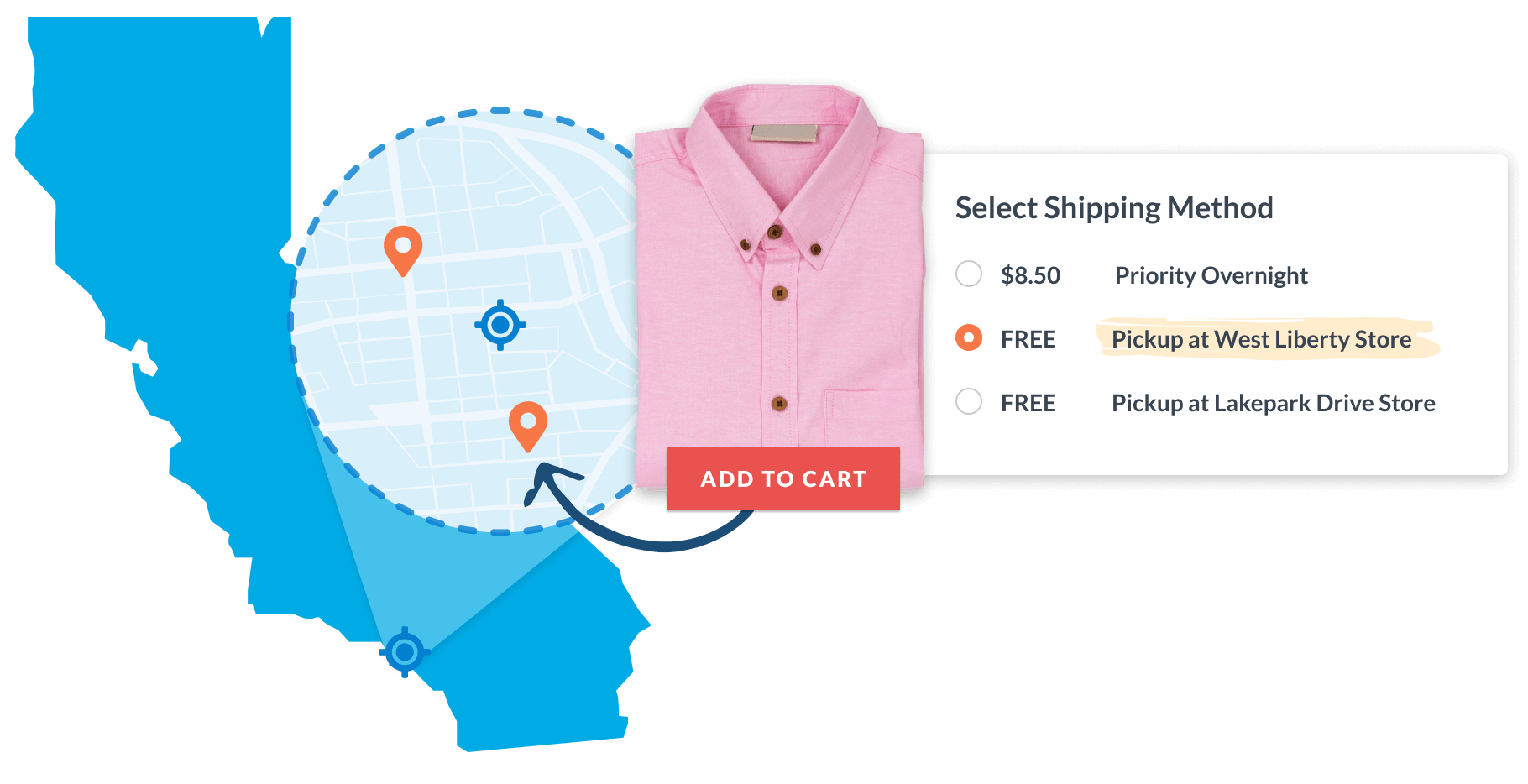
Ship-to-Store
What it is: A warehouse or another store ships the item to a selected store for the customer to pick up.
Why it works: Customers avoid delivery fees and can inspect bulky or sensitive items before taking them home.
Watch outs: Set accurate expectations for delivery times – this option usually takes longer than BOPIS.
Buy Online, Return In-Store (BORIS)
What it is: Customers drop off online purchases at any store location for an immediate refund or exchange.
Why it works: Return rates have doubled since 2020. BORIS helps simply returns and allows you to create a relationship with customers visiting the store.
Watch outs: Make sure your online and in-store systems work together. That way, store staff can quickly confirm online orders when customers walk in.
Future Trends in Omnichannel Fulfillment
So, what’s next for omnichannel fulfillment? Keep an eye on these exciting trends:
- AI and machine learning: Smarter inventory management and predictive analytics to forecast demand accurately.
- Micro-fulfillment centers: Smaller warehouses or dark stores closer to customers in urban areas, ensuring rapid delivery.
- Eco-friendly fulfillment: Green packaging, electric delivery vehicles, and sustainable practices that consumers increasingly value.
- Personalization: Customized delivery options based on shopping behavior, making each customer feel valued.
Rome wasn’t built in a day — and let’s be real, building seamless fulfillment operations will also take time. But if you’re serious about growing your brand and keeping customers happy, omnichannel fulfillment is where it all starts.
ShipperHQ helps you simplify fulfillment across every channel. From setting smart shipping rules to showing real-time carrier rates at checkout, ShipperHQ makes managing omnichannel fulfillment easier, faster, and more reliable.

